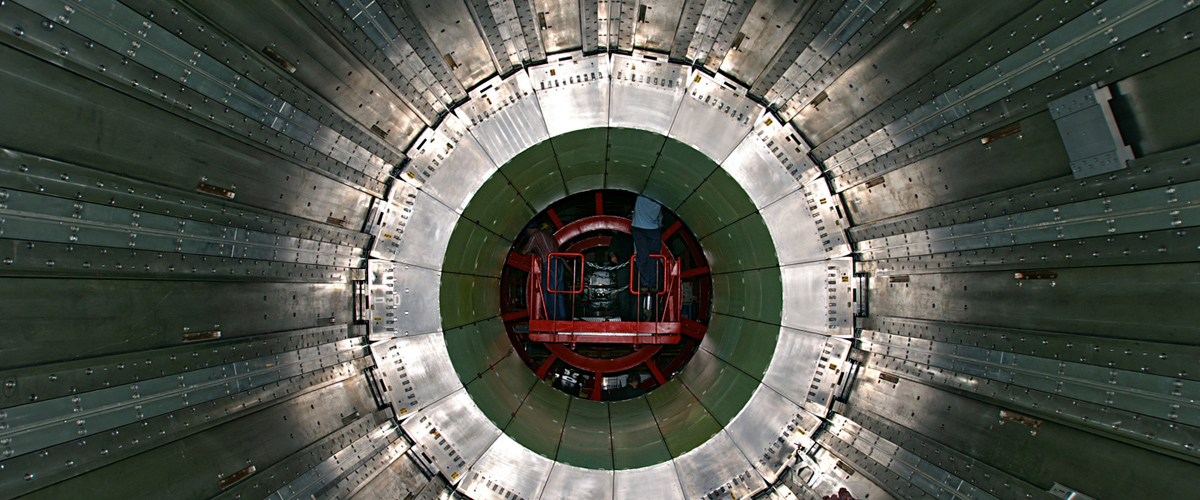Gregory Peim
PhD, Physics
Advisor: Pran Nath
First job: Analyst, NBA, Houston Rockets
“I applied to the graduate program at Northeastern to work with Prof. Pran Nath for his reputation as a researcher. I was interested in working on supergravity and the ability to detect such models experimentally.”
Peim says during the initial data taking stage of the Large Hadron Collider (LHC), his research focused on the potential to discover new physics in the early runs.
“Such studies included the crucial understanding and proper simulation of background processes. In the same work, these Standard Model processes were then used to investigate the LHC’s reach potential in supergravity parameter space,” he says.

Gregory Peim
Peim says that in the beginning of 2011, the LHC started to release early 7 TeV analysis beyond the Standard Model physics.
“The limits they found surpassed those from the Tevatron,” he says. “My colleagues and I began to study how their results could be extended to other regions of the parameter space.”
Additionally, Peim said, his group explored the implications that these results had on direct detection dark matter experiments.
“It was found that within supergravity models the LHC had excluded a large region of the signature space at direct detection experiments. The analysis was then extended to supergravity models with non-universal soft breaking in the gaugino sector. In this case, we found that a part of the dark matter-excluded region became repopulated and thus a signature to observe nonuniversality.”
Peim said the majority of current studies only consider the case where one fundamental particle contributes to cold dark matter, but there is no overriding principle that requires such a restriction.
“Dark matter may in fact be composed of several components,” he says. “A branch of my research has been to investigate such a possibility. In one paper, my collaborators and I proposed extending the Minimal Supersymmetric Standard Model by a hidden sector field that includes both fermionic and baryonic stable particles as dark matter candidates, which was the first in literature to do so.”
Peim says he has also investigated whether there is some underlying principle behind the ratio of the dark matter relic density to baryonic relic density being about 5, i.e. the cosmic coincidence.
“We extended the Standard Model as well as the Minimal Supersymmetric Standard Model using the Stueckelberg mechanism to explain the cosmic coincidence,” says Peim.
“We discussed several candidate models for asymmetric dark matter using a variety of operators constructed from Standard Model fields, which transfers the asymmetry to the dark matter sector at thermal equilibrium in the early universe. The Stueckelberg extension provides us with a mechanism to deplete the symmetric component of dark matter produced by thermal processes. In the Minimal Supersymmetric Standard Model extension, the model has two dark matter candidates with the additional one being the stable neutralino.”
“Gregg has worked on two very different areas of fundamental physics — the search for new physics at the LHC and the physics of the early universe,” says Prof. Nath. “In each area, he has made outstanding contributions. He has published 13 papers, has over 350 citations and a Hirsch index of 11, which are significantly more than any other theory graduate student in recent memory.”

